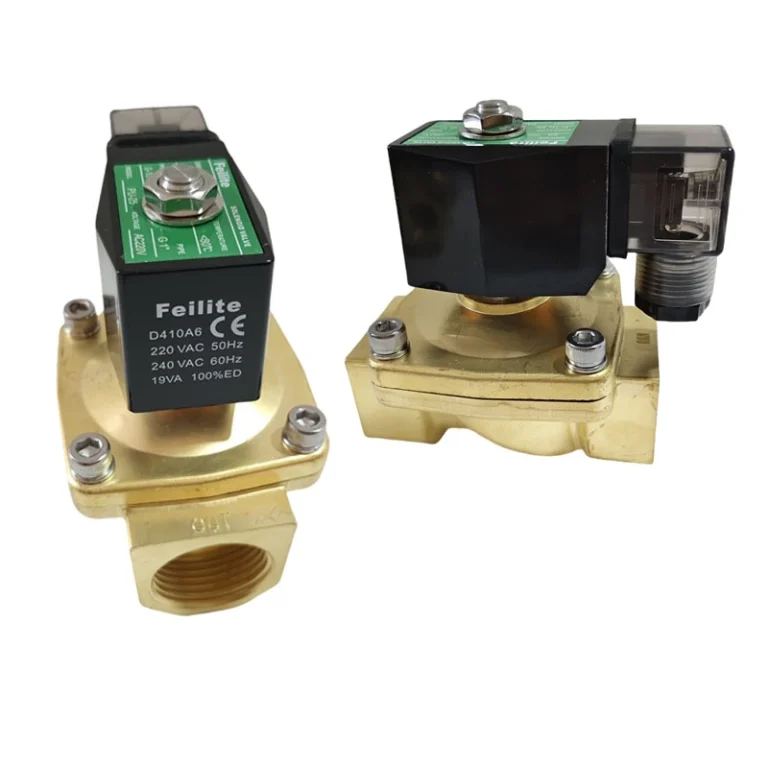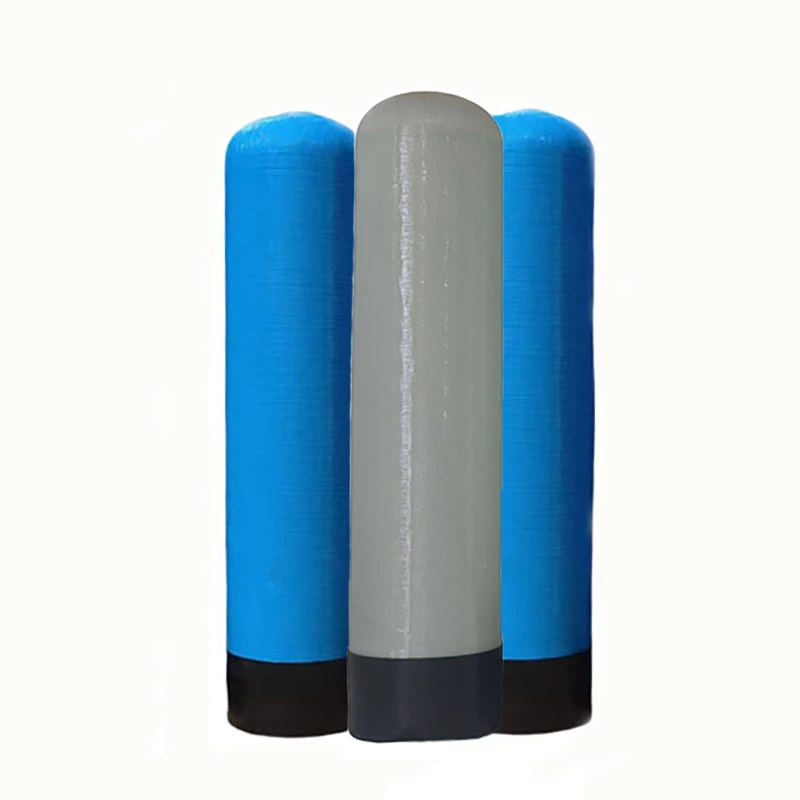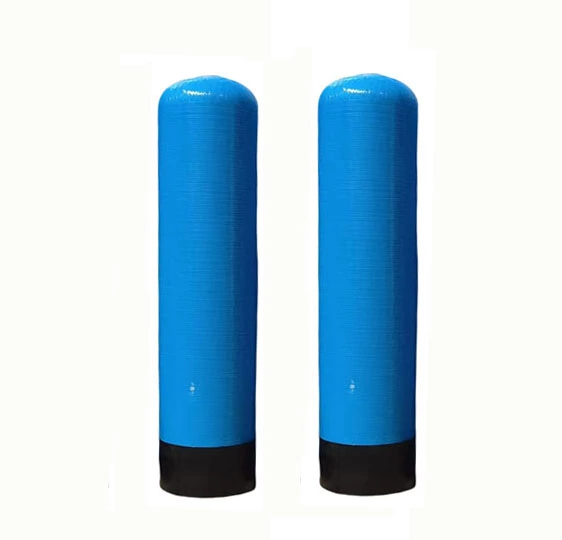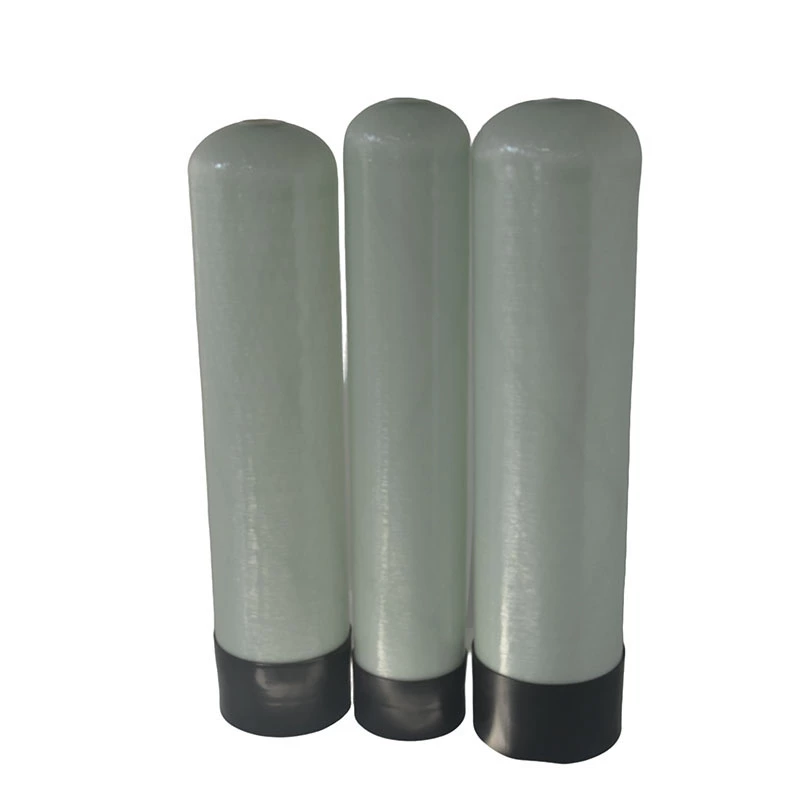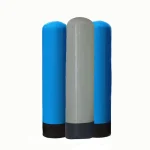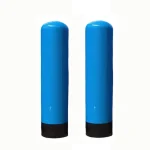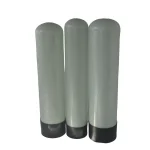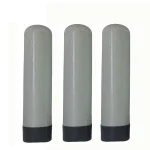BasideWT- Whole Home Water Filtration System & Replacement

BasideWT Reverse Osmosis Frp Storage Tank 10×54
PRODUCT PARAMETERS
- Product Name: Frp Storage Tank
- Material: Fiberglass tank
- Color: Nature/Blue/Black/Grey/Green
- Filter media: quartz sand, activated carbon, soft water resin
- Processing Type: Reverse Osmosis, filtration, Softening
- Core Components: Pressure vessel
- Performance: High efficiency filter
- Inlet and outlet diameter: 6-point
- Operating Temperature: 1-49°C(34-120°F)
- Type: Water Filtration
- Packing: Standard Exportation Package
Why FRP Storage Tanks Are the Backbone of Modern Water Systems
When you think about a Reverse Osmosis (RO) system, one component often stands quietly behind the scenes — the FRP Storage Tank. In water treatment infrastructure, this tank plays an essential role in ensuring purified water is safely stored and ready for distribution.
At BasideWT, we specialize in designing and manufacturing high-quality FRP Storage Tanks, including the popular 10×54 model — a benchmark in durability, efficiency, and cost performance.
So, what makes FRP such a revolutionary material? How does a 10×54 RO storage tank actually function? And why should you choose BasideWT for your next water storage solution? This guide explores all that — and more.
What Is an FRP Storage Tank and How Does It Work?
Understanding the Structure of an FRP Tank
An FRP Storage Tank — short for Fiberglass Reinforced Plastic Tank — is a composite vessel made by winding fiberglass and resin together to create a corrosion-resistant shell. The result is a lightweight, high-strength, non-metallic tank ideal for both reverse osmosis and industrial water treatment systems.
Unlike steel tanks, FRP tanks don’t rust, corrode, or leach metals into stored water. Their smooth inner surface prevents bacterial growth and scaling.
For example, the BasideWT FRP 10×54 Tank has a diameter of 10 inches and a height of 54 inches, making it perfectly sized for medium-capacity RO setups in households, commercial buildings, and light industries.
The Science Behind Reverse Osmosis Storage
In a reverse osmosis system, water passes through semi-permeable membranes that remove salts, heavy metals, and organic compounds. But the process produces purified water slowly. That’s where the FRP tank comes in — it stores the clean water under pressure so it can be supplied on demand.
Inside, a food-grade polyethylene liner holds the water, while the outer fiberglass shell ensures pressure resistance. The FRP Storage Tank essentially balances supply and demand while maintaining purity.
Key Features and Technical Advantages of BasideWT FRP Storage Tanks
BasideWT has earned its reputation for engineering precision and manufacturing excellence. Our Reverse Osmosis FRP Storage Tank 10×54 combines functionality and innovation in one reliable package.
Lightweight Yet Incredibly Strong
FRP tanks weigh about one-third of steel tanks but can withstand internal pressures of up to 150 psi. This makes them easy to handle during installation yet resilient in demanding environments.
To illustrate: one technician can carry and position a 10×54 tank without heavy machinery — saving time and labor costs.
Resistance to Corrosion and Chemical Damage
Whether you’re storing soft water, RO-purified water, or even slightly acidic liquids, FRP tanks remain unaffected. The fiberglass-reinforced structure resists oxidation, chlorine attack, and ultraviolet degradation — making them last up to 20 years or more.
However, it’s worth noting that choosing the right resin type (epoxy, vinyl ester, or polyester) matters depending on the chemical composition of the stored fluid.
Hygienic Design for Drinking Water Applications
Inside every BasideWT FRP Storage Tank, a seamless polyethylene liner ensures there’s no metal contact or contamination. It’s FDA-approved for potable water use and easy to clean, meeting international hygiene standards.
Interestingly, even after years of use, the inner liner maintains its smoothness, preventing microbial adhesion.
Customization Options for Different Needs
BasideWT provides FRP tanks in various sizes — from 8×44 to 14×65 — with optional top or side openings. The 10×54 size remains the most popular choice for whole house RO systems and commercial filtration units.
Clients can also select color, resin type, and connection fittings according to their application.
| Product Name | Frp Storage Tank |
| Model | 1054 |
| Color | Nature/Blue/Black/Grey/Green |
| Material | Fiberglass tank |
| Under Pressure | 0.6KPA |
| Temperature | 1-49°C(34-120°F) |
| Size | 250*1380mm |
| Water volume | 1T/H |
| Inlet and outlet diameter | 6-point |
| Filter material filling amount | Resin:50L Quartz sand:75kg Activated carbon:25kg |
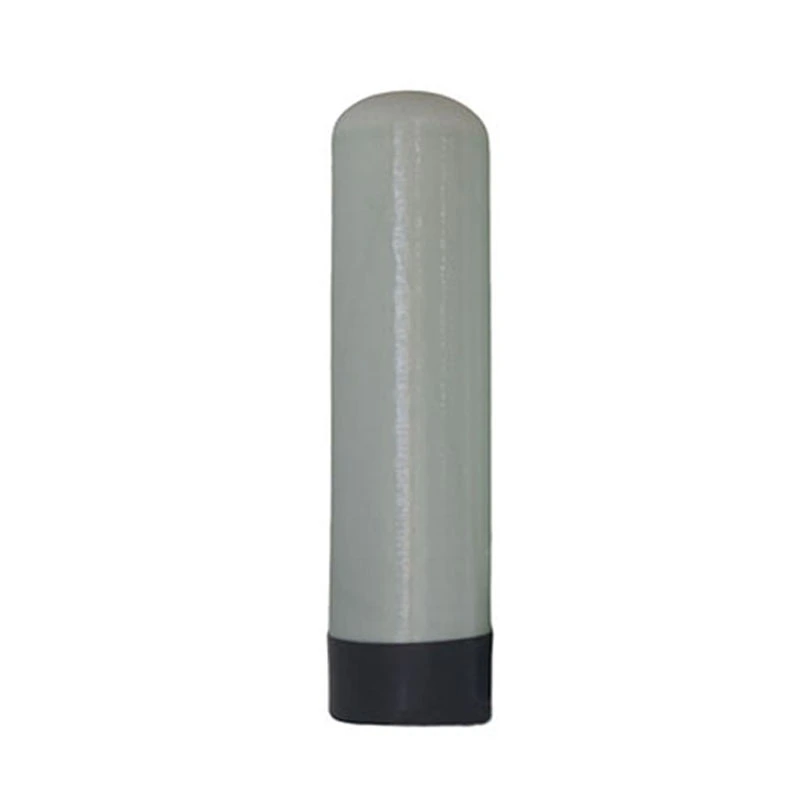
The Manufacturing Process: How FRP Tanks Are Made
Step 1 – Inner Liner Preparation
Each FRP Storage Tank begins with a blow-molded polyethylene liner. This liner acts as a non-reactive core that holds the water safely.
Step 2 – Filament Winding of Fiberglass Layers
Next, continuous fiberglass filaments are wound around the liner using automated CNC winding machines. The resin-soaked fibers create a rigid composite once cured. This process ensures uniform strength distribution and prevents micro-cracks.
Step 3 – Resin Curing and Quality Testing
After winding, the tanks are heat-cured to solidify the resin matrix. Then they undergo pressure testing — often exceeding 150 psi — to verify safety margins.
At BasideWT, every tank is subjected to hydrostatic and vacuum testing to guarantee leak-free performance.
Step 4 – Surface Finishing and Inspection
The exterior surface is sanded, coated, and inspected for imperfections. The final result? A sleek, glossy tank that not only performs well but also looks professional in any installation setting.
Comparing FRP Storage Tanks with Other Tank Materials
Why not use stainless steel or PVC tanks instead? Let’s break it down:
| Material | Strength | Corrosion Resistance | Weight | Cost | Maintenance |
|---|---|---|---|---|---|
| Stainless Steel | High | Moderate | Heavy | High | Medium |
| PVC Plastic | Low | High | Light | Low | Moderate |
| FRP (BasideWT) | High | Excellent | Light | Moderate | Low |
As you can see, FRP tanks strike the ideal balance between durability, weight, and cost.
However, it’s interesting to note that while stainless steel may appear more durable, it corrodes quickly in high-chlorine or saline environments — a major drawback in coastal or desalination settings.
Applications of the Reverse Osmosis FRP Storage Tank 10×54
Residential RO Systems
Many homeowners use the 10×54 FRP tank as part of their whole-home filtration system, storing soft or RO-treated water. It ensures steady water pressure even during peak demand.
Commercial and Industrial Use
From restaurants and laboratories to textile plants, the BasideWT FRP Storage Tank delivers reliable performance. Its chemical resistance makes it ideal for pretreatment, mixed-bed DI systems, or even wastewater recovery.
Agriculture and Irrigation
Water storage for irrigation often requires large, corrosion-resistant tanks. FRP tanks maintain water quality and are immune to UV damage, ensuring long-term outdoor durability.
Aquaculture and Food Processing
Because they are hygienic and non-reactive, FRP tanks are also favored in fish farms and beverage production facilities.
Maintenance and Lifespan of FRP Tanks
Simple Maintenance Routine
Maintaining an FRP Storage Tank is surprisingly easy. Regular visual inspection for cracks, cleaning the liner with mild detergent, and checking pressure valves once every 6 months are typically sufficient.
However, be cautious when handling cleaning chemicals — abrasive agents can damage the liner.
Expected Service Life
BasideWT FRP tanks are engineered for longevity. Under normal operating conditions, a 10×54 tank can last 15–20 years with minimal maintenance.
It’s remarkable that even after long-term use, FRP tanks retain over 90% of their original structural integrity.
Repair and Replacement Considerations
In the rare event of surface damage, fiberglass patches can be applied to restore strength. This makes FRP tanks more sustainable than single-use plastic alternatives.
Why Choose BasideWT FRP Storage Tanks
BasideWT has been at the forefront of water treatment innovation for over a decade. Our FRP Storage Tanks are trusted by thousands of customers worldwide.
Certified Quality and Global Standards
All BasideWT tanks comply with international standards such as ISO 9001, NSF, and CE. Each tank undergoes rigorous inspection before shipment.
Advanced Manufacturing and Custom Engineering
BasideWT employs CNC winding systems, UV-resistant coatings, and proprietary resin formulations to ensure every tank meets industrial-grade expectations.
Competitive Pricing and Reliable Logistics
Thanks to direct factory production, we offer competitive pricing without compromising quality. With global shipping and responsive after-sales service, BasideWT remains the preferred supplier for many RO system integrators.
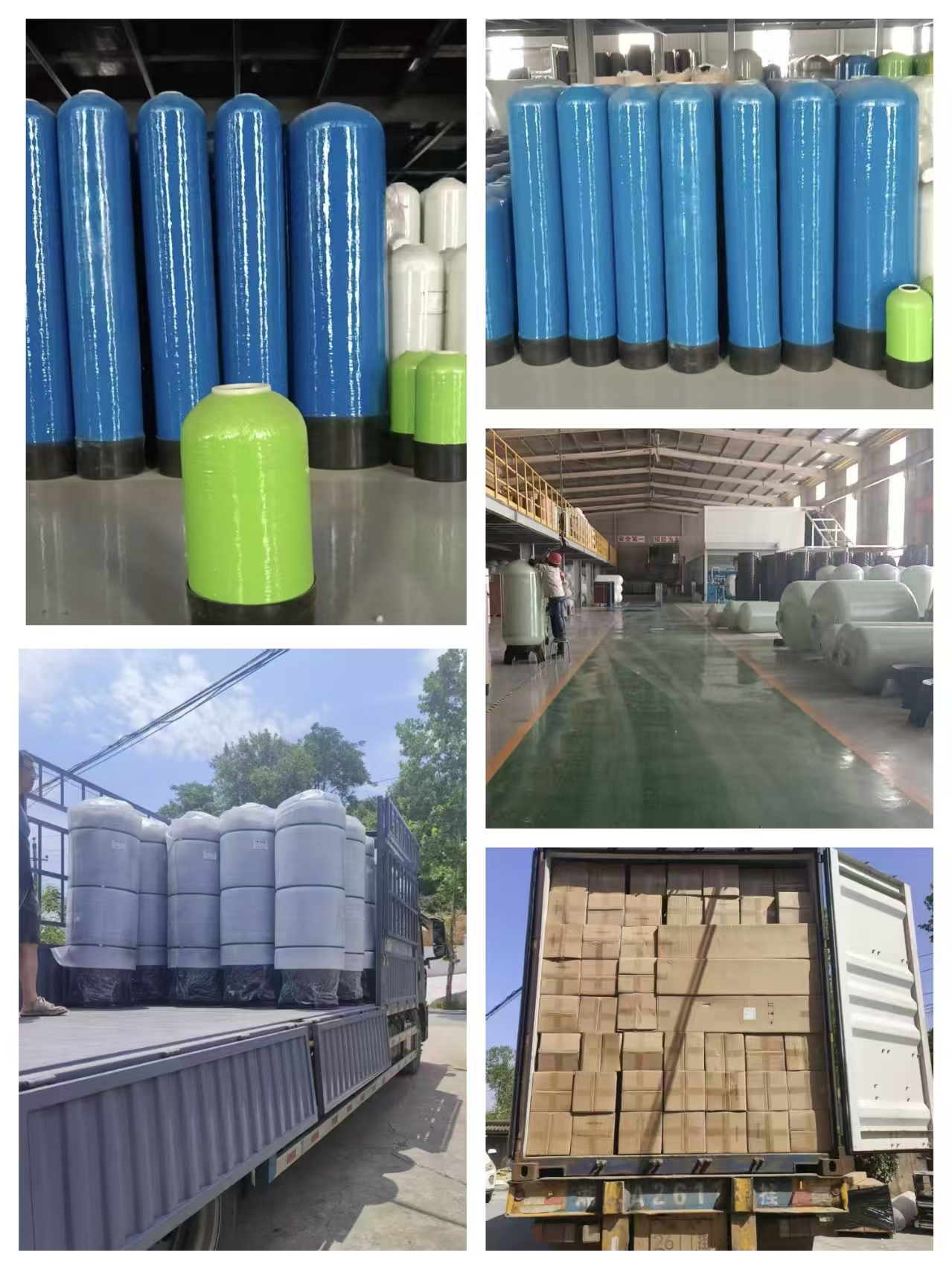
Why Choose BasideWT FRP Water Storage Tank
SEND US AN EMAIL
Our BasideWT water specialists are ready to assist.
Frequently Asked Questions (FAQs)
1. What does 10×54 mean?
It refers to the tank’s diameter (10 inches) and height (54 inches).
2. Can it handle high pressure?
Yes, BasideWT FRP tanks are pressure-tested up to 150 psi.
3. Is it safe for drinking water?
Absolutely. The inner liner is made from food-grade polyethylene.
4. How long does it last?
Typically 15–20 years with proper care.
5. Can I install it outdoors?
Yes, FRP tanks are UV-resistant and weatherproof.
FAQs
Choosing the perfect water treatment system depends on your specific water quality, household size, and needs. We make it easy with our 3-step process:
Water quality testing – analyze your water for contaminants, hardness, and other factors.
Personalized Consultation – Our experts recommend systems based on your results, budget, and water usage.
Customized Solution – From whole-house filtration to targeted solutions (e.g., RO for drinking water, softeners for hard water), we tailor the system to your home.
To determine your water flow rate in gallons per minute (GPM), follow these simple steps:
Prepare for Testing:
- Prepare for Testing:
- Ensure all water fixtures in your home are turned off
- Select the faucet closest to your main water supply line (usually the kitchen sink or an outdoor spigot)
- Conduct the Test:
- Fully open the selected faucet
- Time how many seconds it takes to fill a 1-gallon container
- Repeat the test 2-3 times for accuracy
- Calculate Your Flow Rate:
Use this formula: Flow Rate (GPM) = 60 ÷ Fill Time (seconds)Example Calculation:- If your 1-gallon container fills in 15 seconds
- 60 ÷ 15 = 4 GPM
For more precise measurements or whole-home flow rate analysis, contact our water system specialists. We can help you determine if your current flow rate meets the requirements for any water treatment systems you’re considering.

1. Check Multiple Fixtures
Test water pressure at different faucets, showers, and appliances (e.g., kitchen sink, bathroom sink, outdoor hose).
If only one fixture has low pressure, the problem is likely localized (clogged aerator, faulty valve, or pipe issue).
If all fixtures have low pressure, the issue is systemic (main supply, pressure regulator, or water heater).
2. Inspect the Aerator or Showerhead
Unscrew the faucet aerator or showerhead and check for mineral deposits, debris, or rust.
Soak it in vinegar overnight to dissolve buildup, then rinse and reattach.
3. Check the Main Shutoff Valve
Locate the main water shutoff valve (usually near the water meter or where the main line enters the house).
Ensure it’s fully open (turn clockwise to close, counterclockwise to open).
1. Activated Carbon Filters
- Removes:
✅ Chlorine & chloramines
✅ Bad tastes & odors (e.g., sulfur)
✅ Volatile Organic Compounds (VOCs)
✅ Some pesticides & herbicides
❌ Does not remove heavy metals, dissolved minerals, or microbes
2. Reverse Osmosis (RO) Systems
- Removes:
✅ Heavy metals (lead, arsenic, mercury, cadmium)
✅ Dissolved salts (fluoride, nitrates, sulfates)
✅ Microplastics & sediment
✅ Bacteria & viruses (if combined with UV)
✅ Chlorine & chemicals (with carbon pre-filter)
❌ May remove beneficial minerals (can be remineralized)
3. Water Softeners (Ion Exchange)
- Targets:
✅ Calcium & magnesium (hardness)
✅ Low levels of iron & manganese
❌ Does not remove bacteria, chlorine, or heavy metals
4. UV Purifiers
- Kills:
✅ Bacteria (E. coli, coliform)
✅ Viruses (rotavirus, hepatitis)
✅ Protozoa (Giardia, Cryptosporidium)
❌ Does not remove chemicals, metals, or sediment
5. Sediment Filters
- Removes:
✅ Sand, rust, dirt
✅ Large particles & silt
❌ Does not remove dissolved contaminants
6. Whole-House Filtration Systems
Combines multiple methods (carbon + sediment + UV) for broad protection.
- UV: Kills bacteria/viruses but doesn’t remove chemicals or particles.
- RO (Reverse Osmosis): Removes 95–99% of contaminants (heavy metals, dissolved salts) but requires electricity.
- Activated Carbon: Absorbs chlorine, odors, and organic compounds—ideal for pre-filtration.
REQUEST A QUOTE
RELATED PRODUCTS
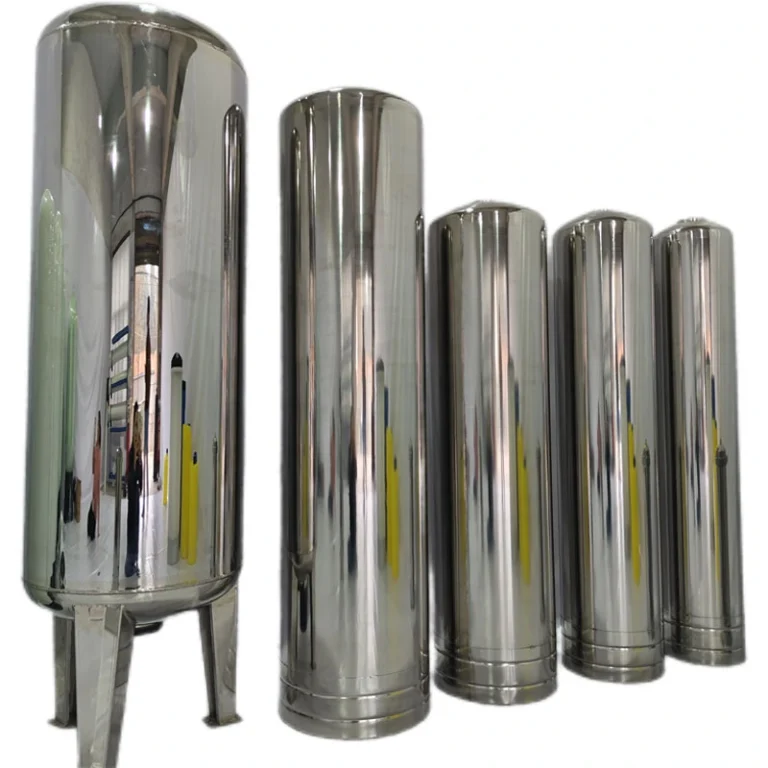
Food-Grade Stainless Steel Water Tank – 500L & 1000L Hygienic Filter Pressure Tank for Pure Storage

Automatic Water Pump Switch Pressure Switches Control Automatico Interruptor for Water Pumps and RO Systems
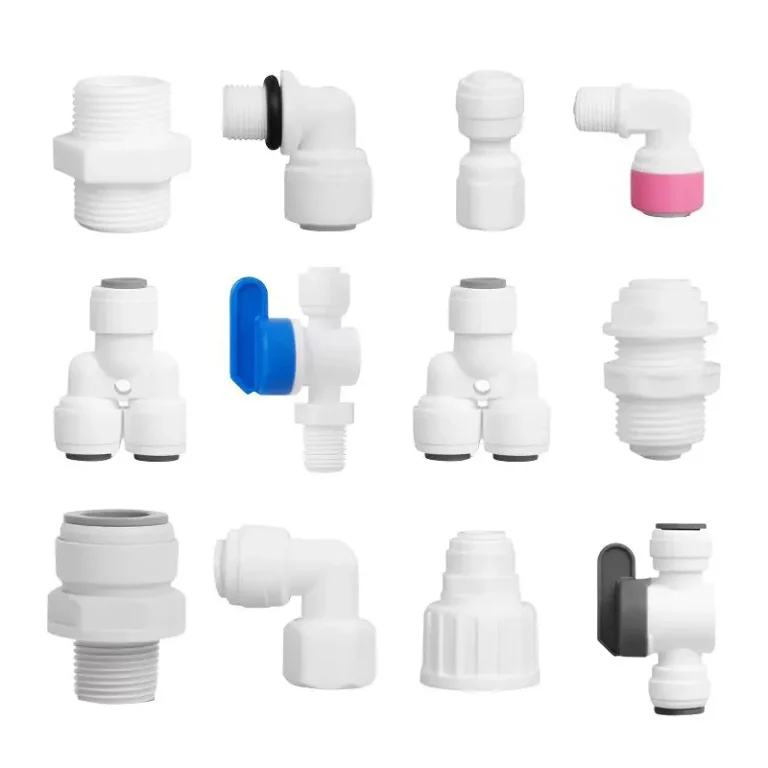
Water Connection Parts Water Filter Tube Fittings 1/4″ 3/8″ Quick Connect Fittings Push in Connector for RO System
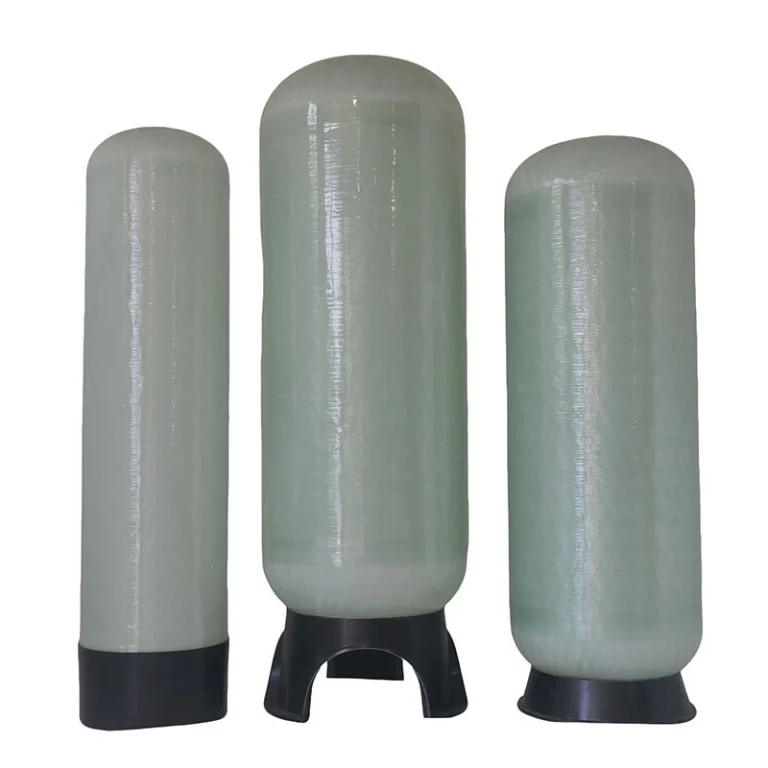
FRP Vessels for Water Treatment | Custom frp Pressure Vessel Manufacturers
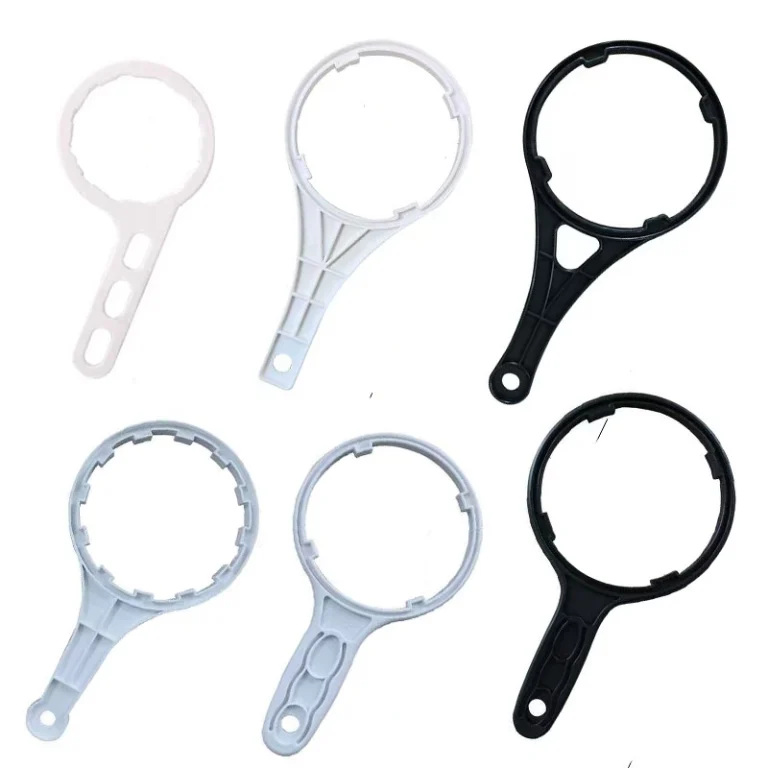
BasideWT Water Filter Wrench for Whole House Housings
